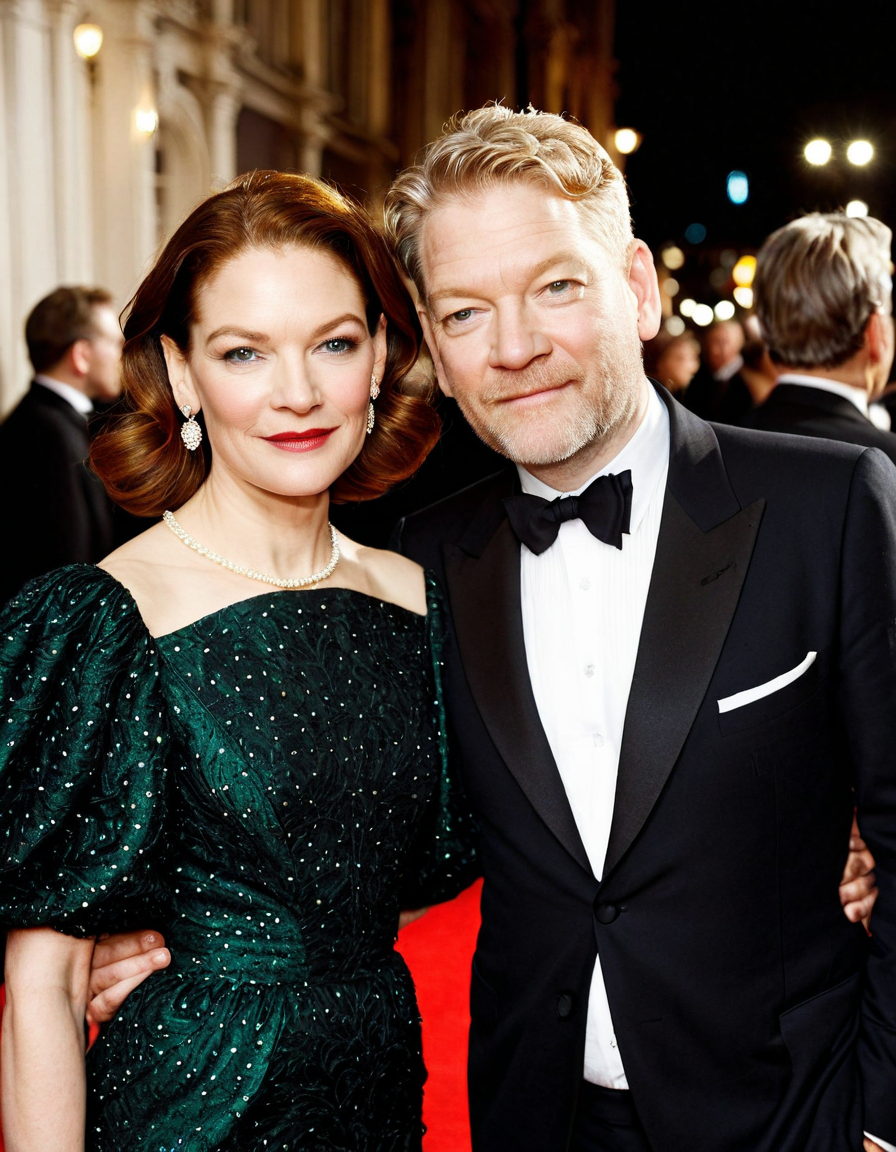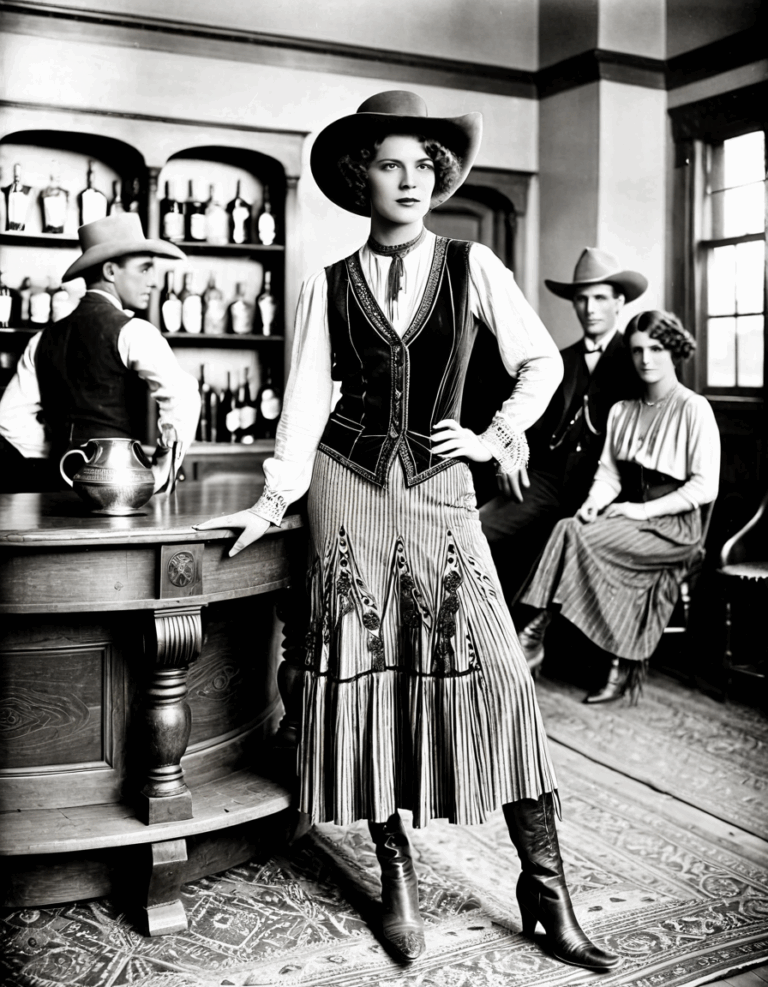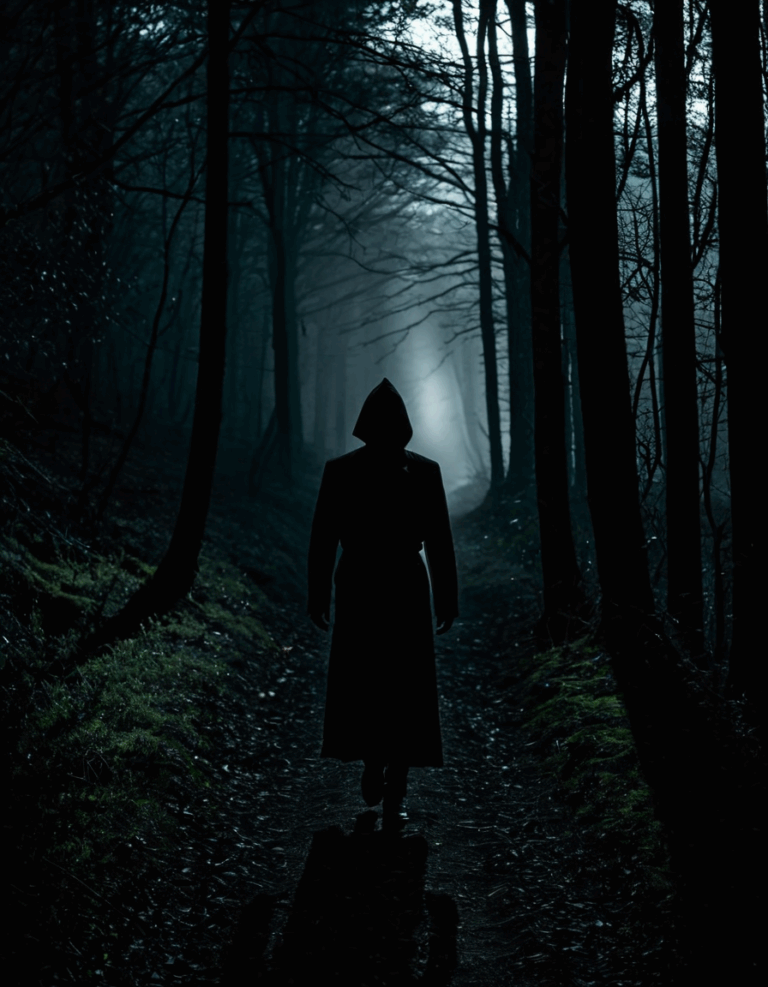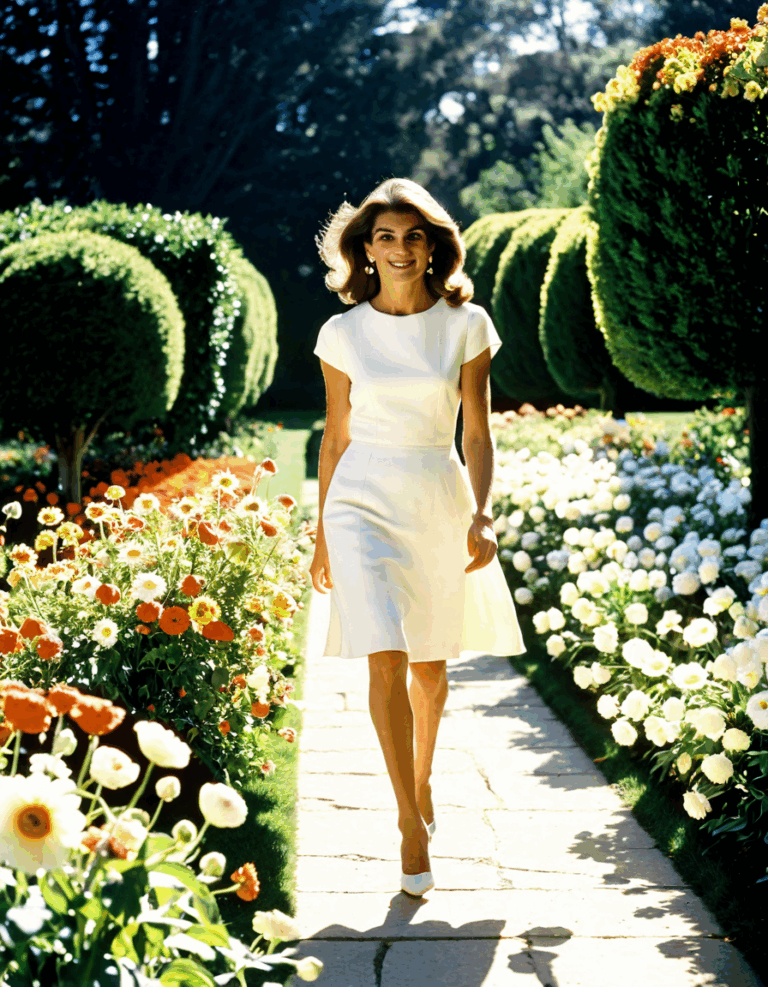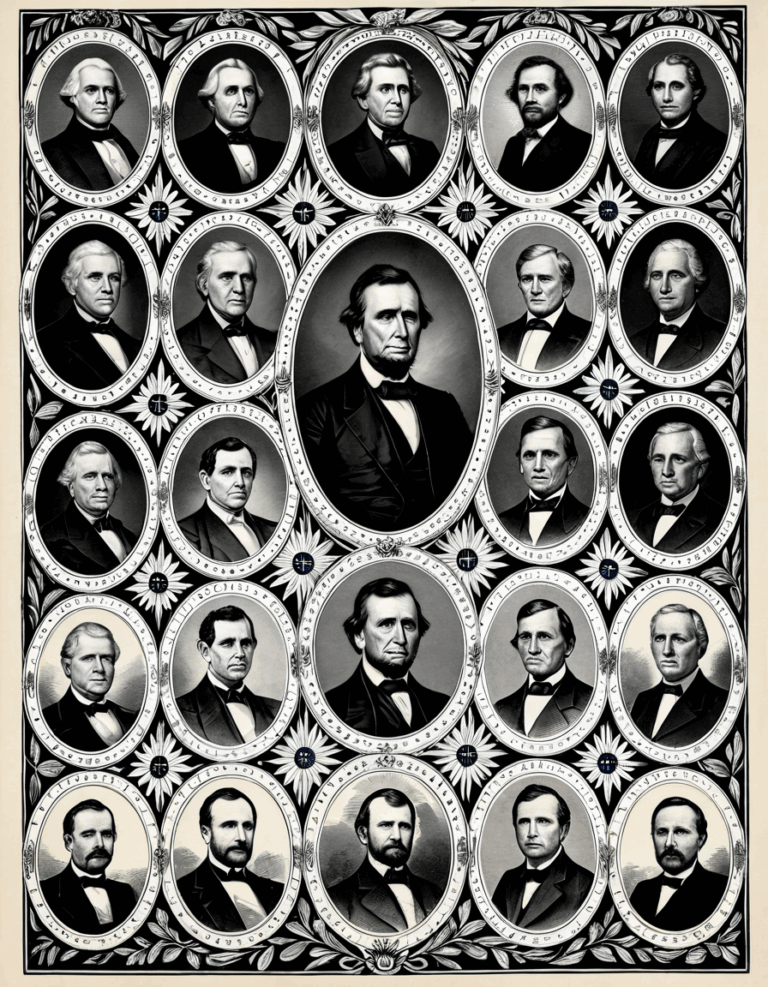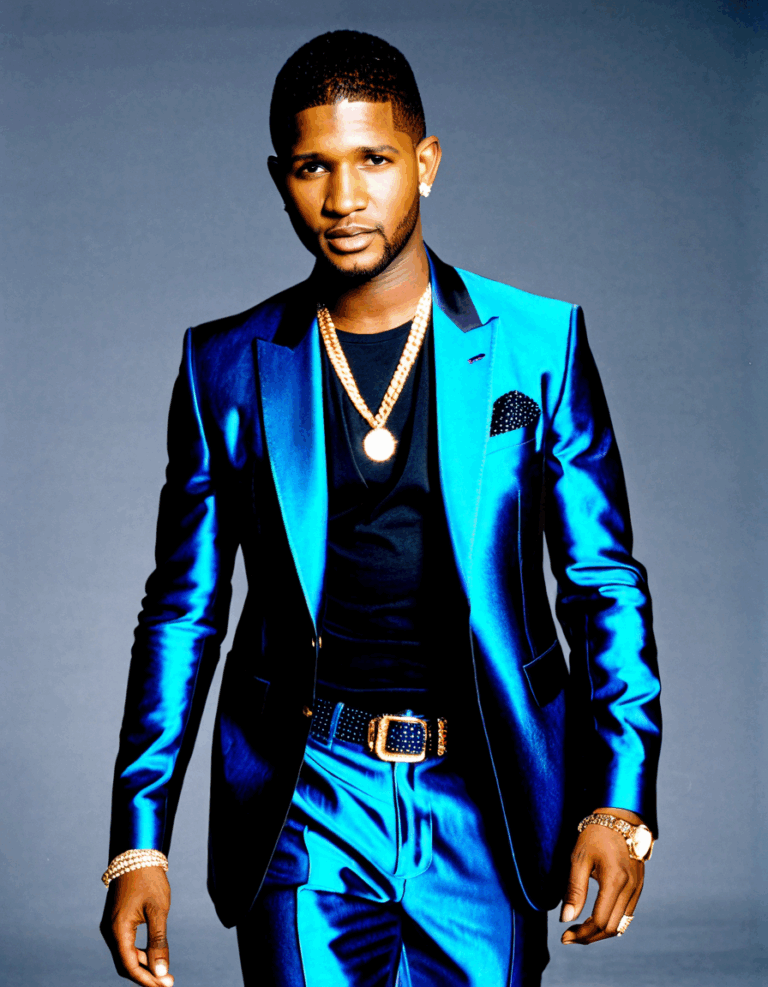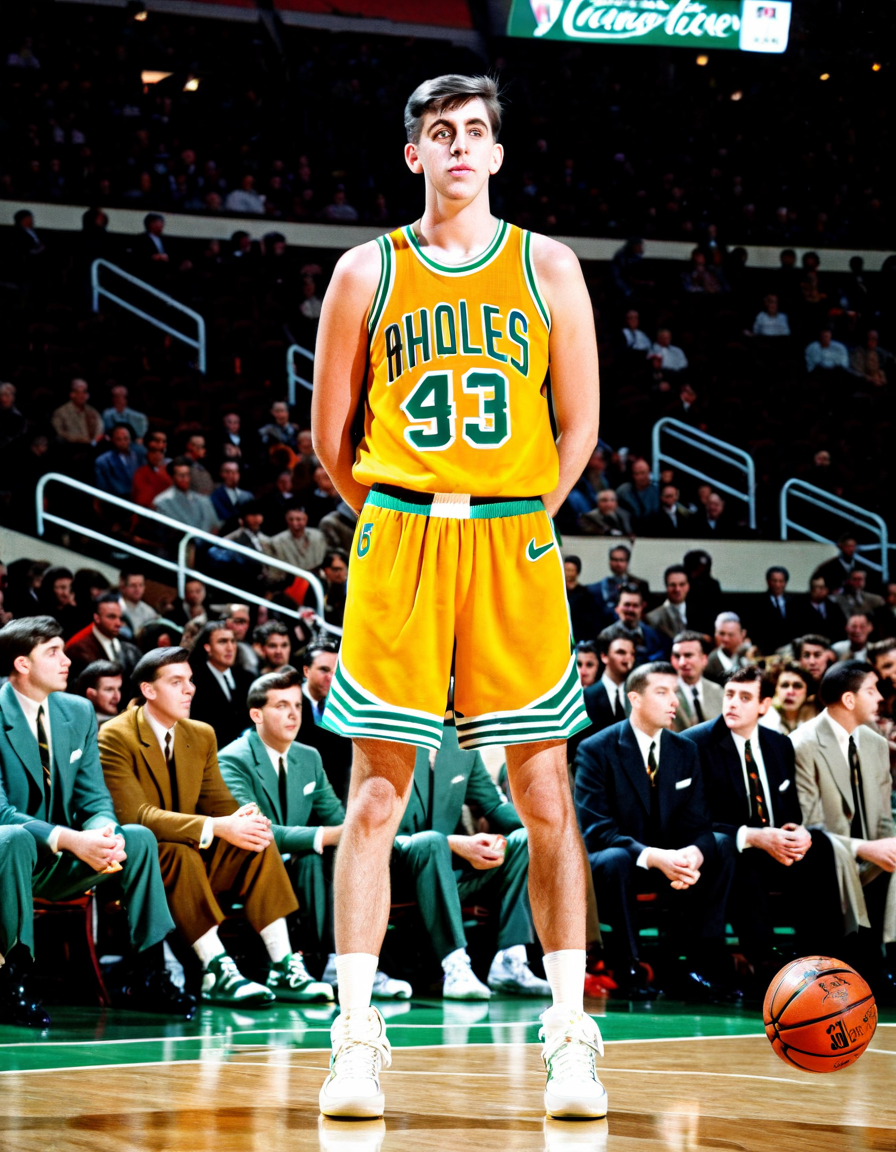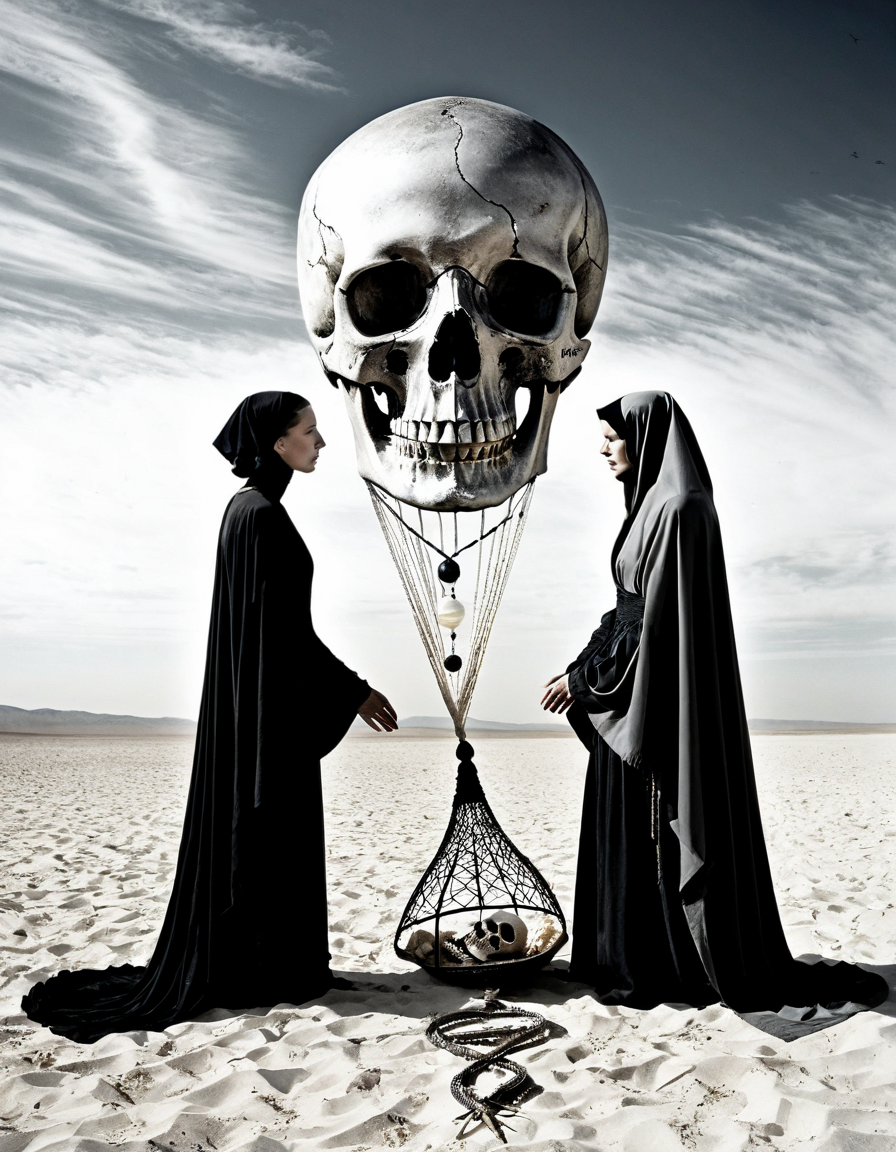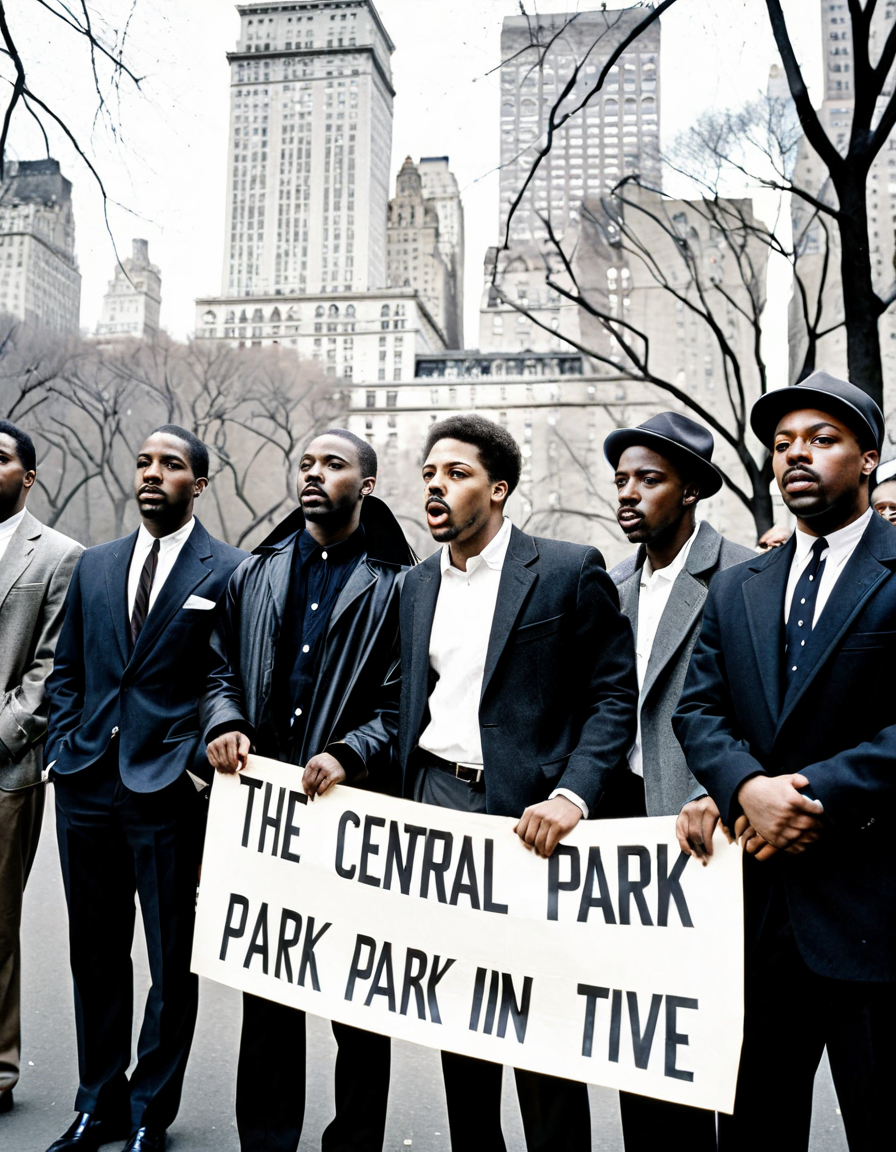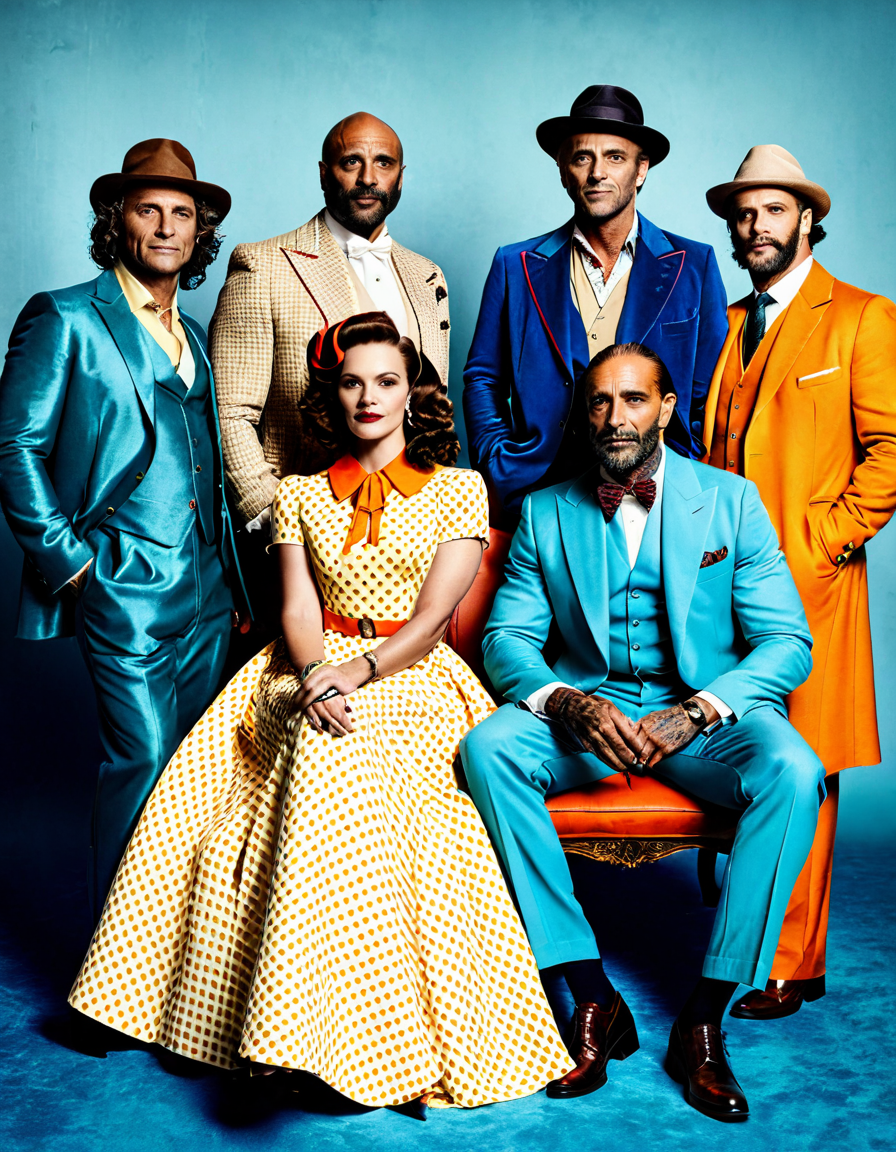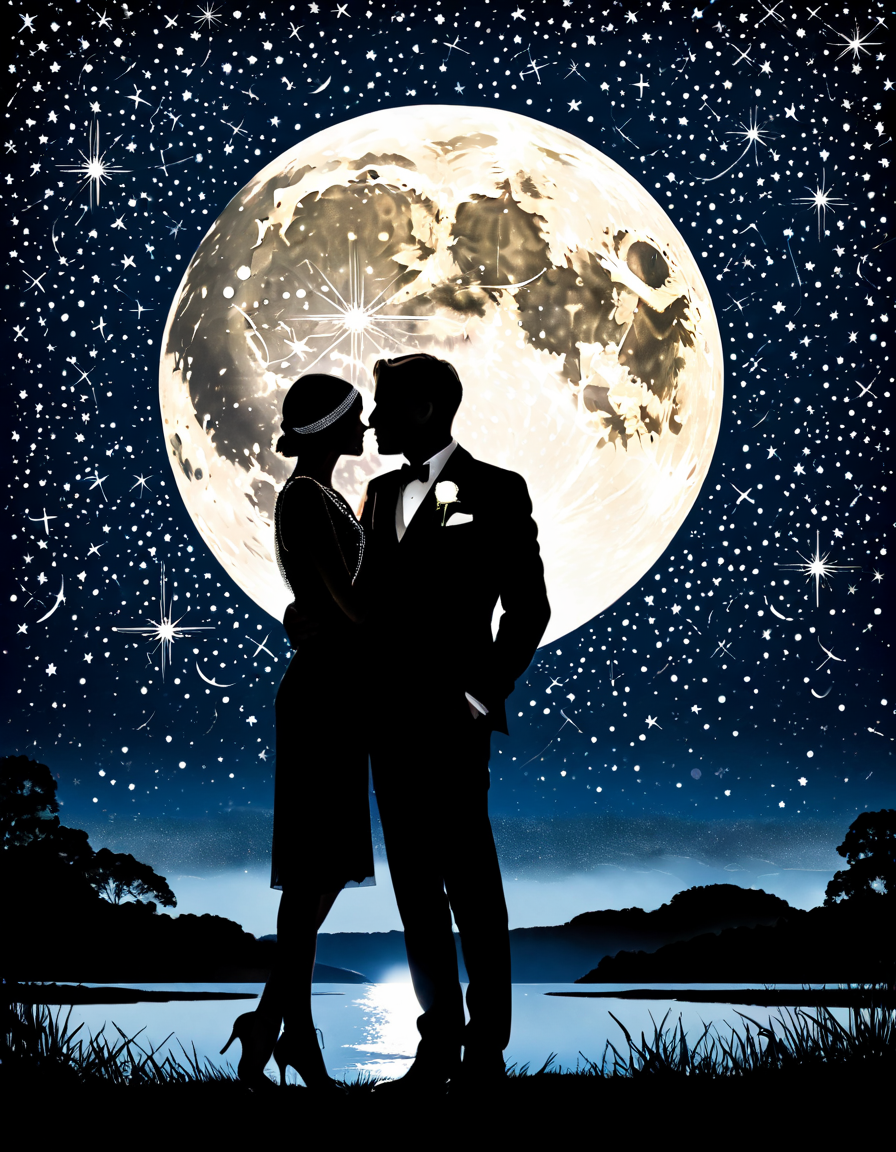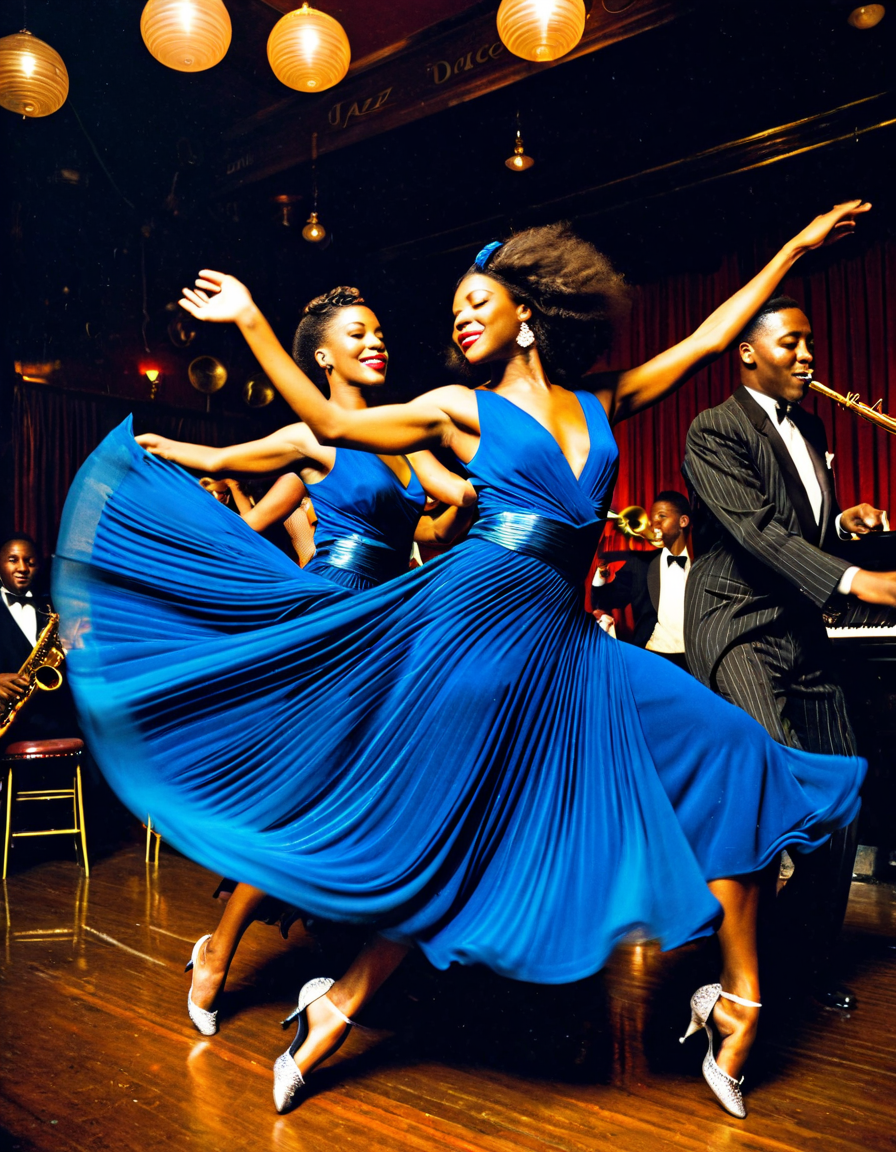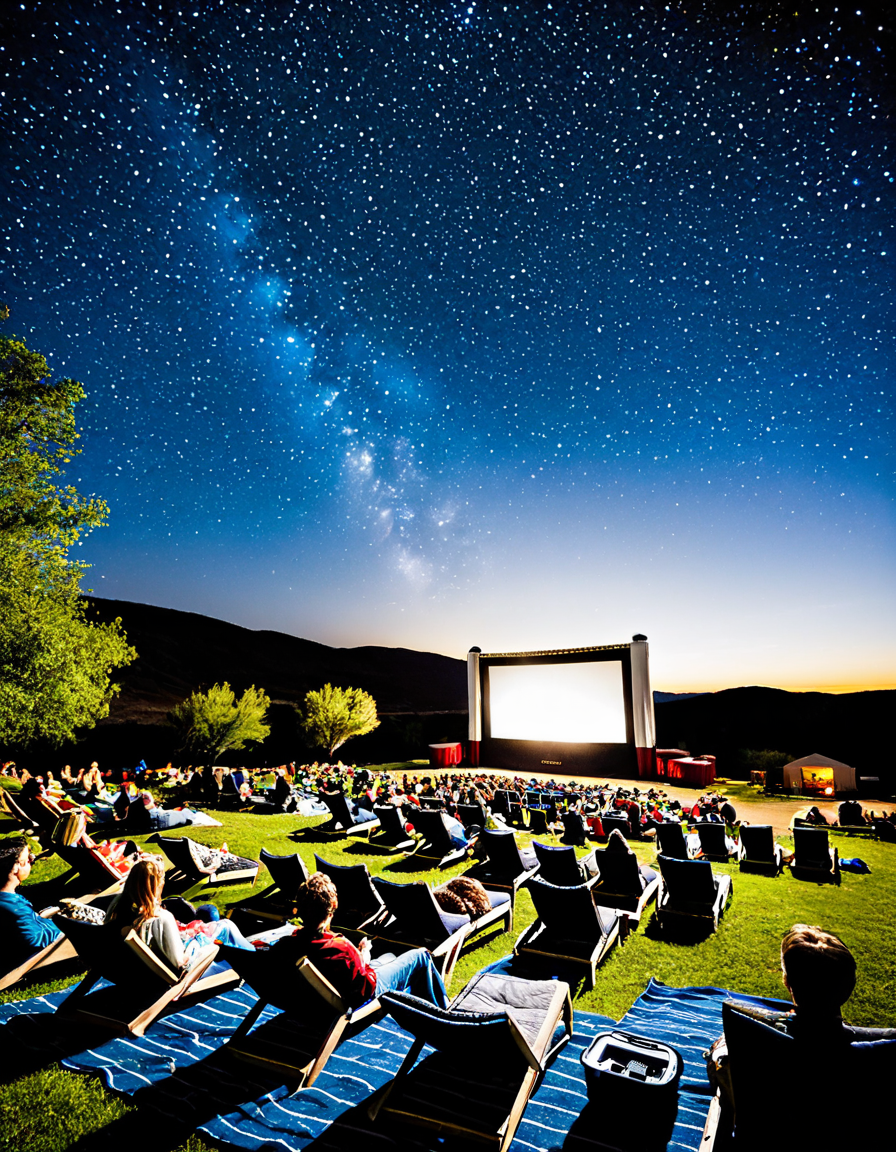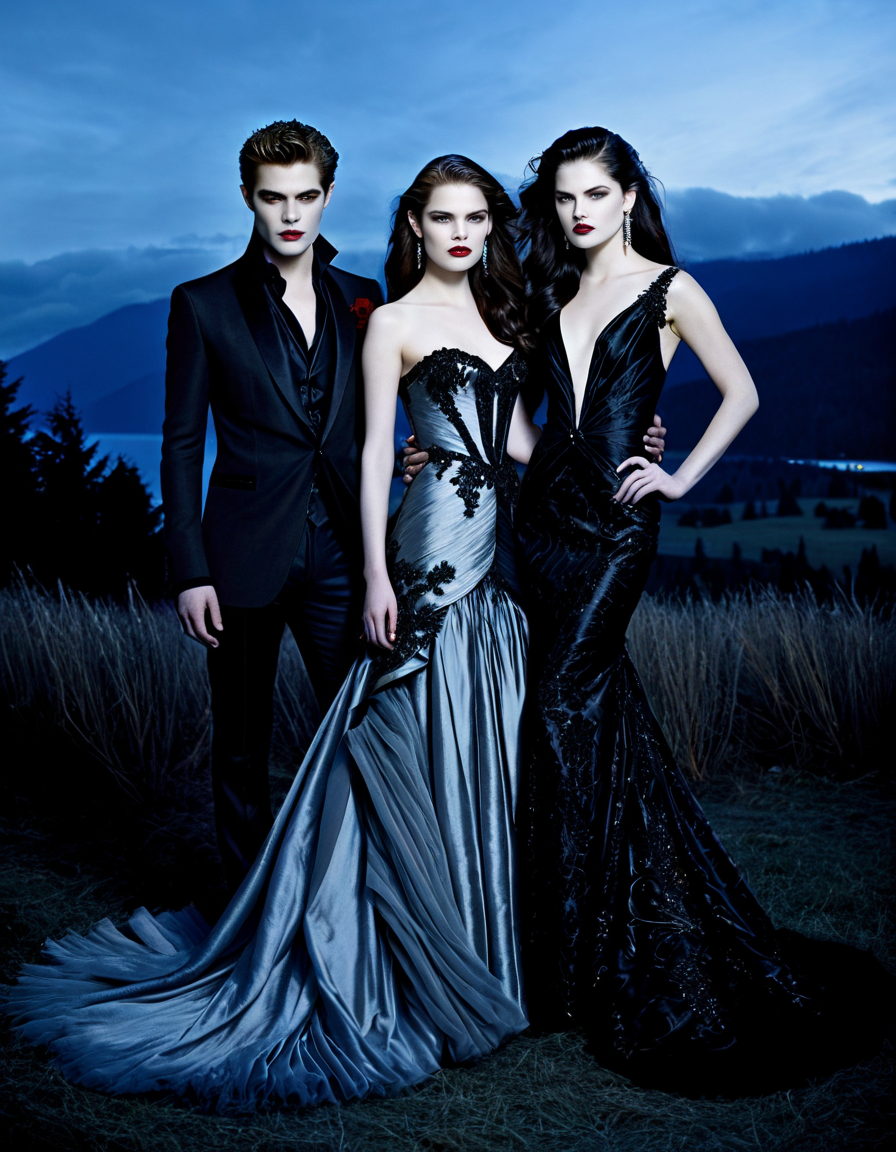Kenneth Branagh and his captivating journey in film have left an indelible mark on the cinematic tapestry that weaves together classic narratives with contemporary sensibilities. Celebrated as an actor, director, and producer, Branagh’s impact on the arts, particularly in adapting Shakespeare for modern audiences, exemplifies his artistic prowess. His unique blend of charm and intensity illuminates his works, making him a titan in both British cinema and the global film landscape.
Branagh’s unwavering commitment to storytelling has introduced audiences to Shakespearean themes that resonate even now. By breathing new life into treasured texts, he makes the classics accessible to everyone, from theatre aficionados to casual moviegoers. There’s a reason his adaptations and vision stand out: they tap into profound emotional depths that mirror our own experiences. Now, let’s dive into the details of his remarkable career.
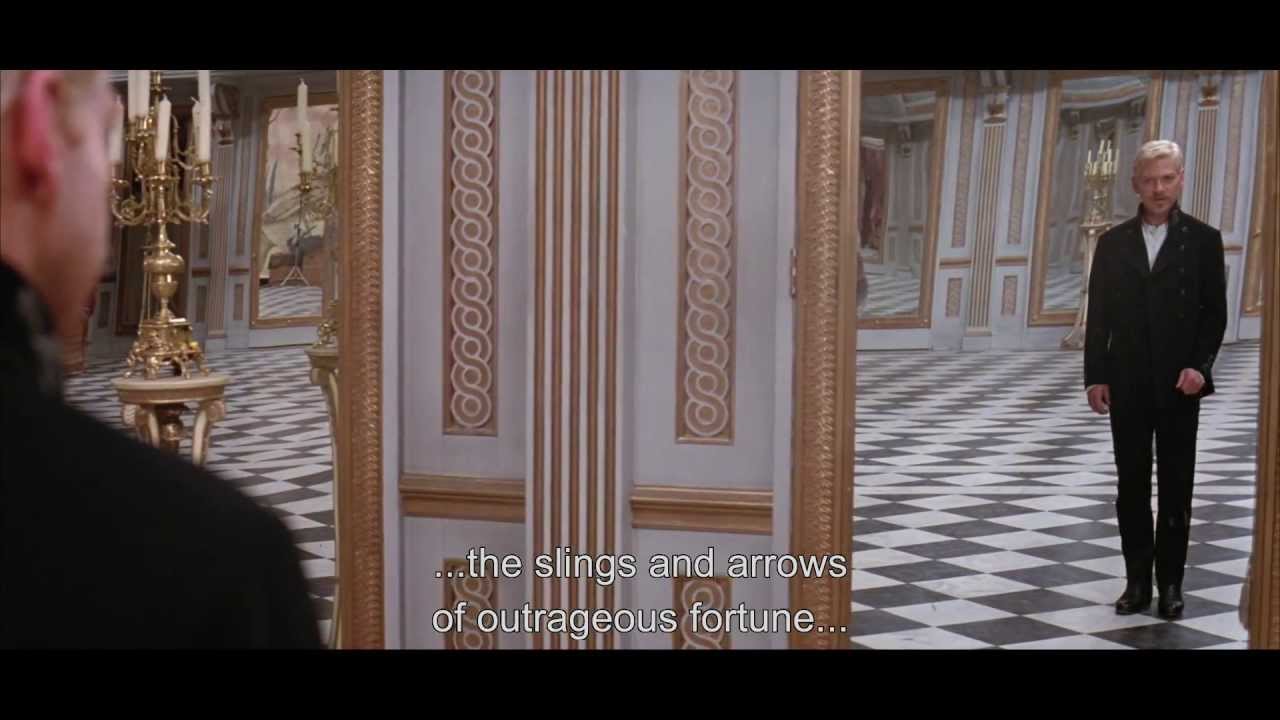
1. Kenneth Branagh and the Art of Adaptation: Transforming Shakespeare for the Screen
Kenneth Branagh and his art of adaptation shines brightest in his explorations of William Shakespeare’s works. He takes the Bard’s masterpieces and turns them into cinematic spectacles that capture both the spirit and the essence of the original text. The lush visuals in “Henry V” (1989) and the whimsical charm of “Much Ado About Nothing” (1993) speak to his flair for transforming the page into something vibrant and lush. For Branagh, it’s about more than just fidelity to the text; he strives to engage modern audiences, inviting them to connect with the timeless truths embedded in Shakespeare’s narratives.
His approach is marked by an engaging use of cinematography, dazzling ensemble casts, and heart-stirring performances that make Shakespeare approachable for everyone. Consider “Hamlet” (1996)—an ambitious four-hour rendition that reflects Branagh’s dedication to authenticity. He assembled an impressive lineup, featuring talents like Derek Jacobi and Kate Winslet, all of whom brought their poise and sophistication to the roles. It’s this ability to gather incredible talent that speaks volumes about Branagh’s understanding of narrative storytelling.
In adapting these texts, Branagh has not just paid tribute to classic literature; he’s created a bridge between centuries and cultures. Shakespeare’s “lost art” yet resonates today through Branagh’s lens, nurturing the connection between the audience and the timeless narratives that shape our collective consciousness. His works are more than films—they’re celebrations of language that remind us of the richness literature can offer.

2. Kenneth Branagh, Michael Caine, and the Power of British Cinema
When we talk about Kenneth Branagh and Michael Caine, we’re discussing a duo that embodies the essence of British cinema. Their collaboration in films like “The Magic Flute” (2006) highlights a connection steeped in mutual respect and a shared commitment to storytelling. Caine’s ability to immerse himself in characters, coupled with Branagh’s robust directing style, brings forth layered performances that render audiences utterly spellbound.
Their chemistry elevates each narrative, seamlessly transitioning from laughter to tears. In a film landscape that often grapples with thematic depth, Branagh and Caine remind us of cinema’s innate power to shift between light-heartedness and the gravitas of life’s truths. The inspirations brewing within their projects showcase how they traverse genres while staying true to their British heritage—giving audiences a taste of cinematic magic that flourishes right at home.
Moreover, the collaboration between Kenneth Branagh and Michael Caine has influenced the trajectory of British cinema, signaling to budding filmmakers that storytelling can be both innovative and rooted in tradition. Their collaborative works exemplify a commitment to elevate narratives and characters, providing fertile ground for modern filmmakers to flourish while anchoring themselves in the past.

3. Kenneth Branagh and His Unconventional Collaborations: Parallel Paths with Quentin Tarantino
Ah, the cinematic universe! Kenneth Branagh and Quentin Tarantino may seem like an odd pairing at first glance, but both directors have carved niches that defy conventional storytelling. Much like Tarantino, who masterfully blends genres, Branagh certainly doesn’t shy away from experimenting with styles. His work in “Dead Again” (1991) serves as a prime example, intertwining elements of film noir and romantic thrillers, reminiscent of the bold narratives Tarantino concocts in “Pulp Fiction” (1994).
Branagh and Tarantino share an infectious spirit for storytelling. While Branagh tends to look deep into the emotional core of classic literature, Tarantino leans toward a blend of dark humor and cultural commentary. Yet, both directors thrive on crafting narratives that keep viewers on the edge of their seats. The nonlinear storytelling choices made by both filmmakers are emblematic of their innovative spirits—capturing audiences by embracing the art of surprise.
In this parallel journey, Branagh demonstrates that art isn’t confined by time or style; it evolves. By intermingling traditional storytelling with modern ideas, he welcomes a fresh perspective to classics, ensuring that they’re more than relics in dusty libraries. This dynamic interplay invites a new generation of filmmakers to think outside the box while staying true to their artistic heritage.
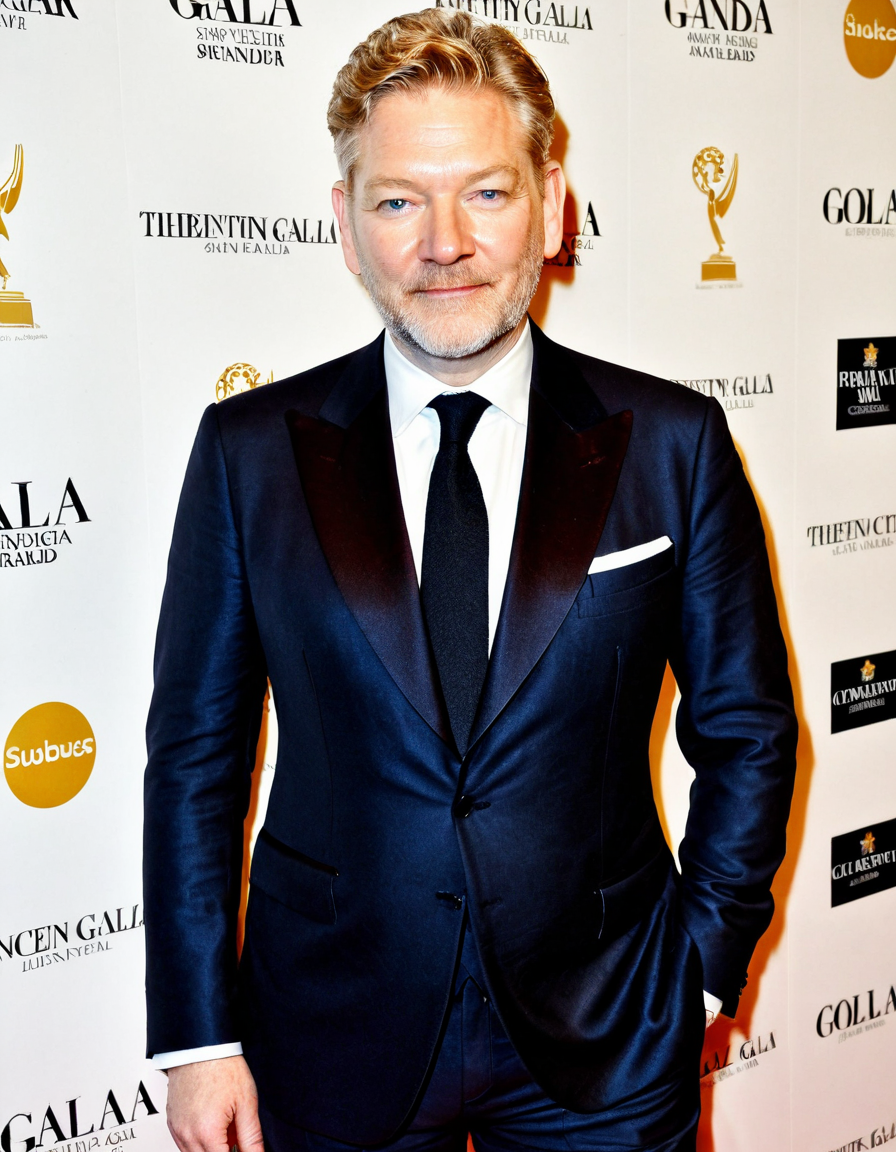
4. Kenneth Branagh’s Evolution as a Filmmaker: From Actor to Director to Producer
The evolution of Kenneth Branagh from actor to director and producer portrays a fascinating tale of growth and ambition. His early career was marked by captivating performances, but it was his desire to shape narratives that led him behind the camera. Films like “Belfast” (2021) showcase his most personal storytelling yet, pulling from his childhood experiences amid the Troubles. Branagh’s triumphant return to the director’s chair in this deeply heartfelt narrative symbolizes his maturation as a filmmaker.
Equally compelling is his role as a producer, where he’s not simply orchestrating projects but actively mentoring fresh talent. He’s made it his mission to create platforms for emerging voices. With a burning passion to uplift new filmmakers, Branagh imbues his creative endeavors with history and innovation. This willingness to support the next generation signals an unusual but vital evolution in film.
These efforts contribute to a legacy that captures artistic integrity and a commitment to fostering community in cinema. Branagh doesn’t just tell stories; he builds them, encouraging new talents to work towards creating meaningful narratives that resonate through time.

5. The Impact of Kenneth Branagh on Future Generations of Filmmakers
Kenneth Branagh’s influence may well eclipse the boundaries of his own films, casting a long, inspiring shadow over aspiring filmmakers. By melding theatrical artistry with cinematic techniques, he lays down a rich foundation for budding directors to follow. Contemporary filmmakers like Greta Gerwig and Chloé Zhao see Branagh as a driving force behind their creative processes, with his emphasis on character-driven narratives playing a crucial role in shaping their own styles.
Branagh’s ability to evoke emotion through storytelling and visual composition sparks a new wave of inspiration across generations. His takes on classic texts are reinterpreted for modern audiences, ensuring that Shakespearean themes integrate into the fabric of contemporary cinema. This melding of past and present encourages young filmmakers to explore new narrative avenues while holding onto timeless insights.
By boldly illustrating how Shakespeare’s art can feel as fresh today as it did when penned, Branagh successfully reinforces the ongoing relevance of complex, human emotions within storytelling. He’s not only an artist but a guiding light, pointing today’s creators toward uncharted territories where classic influences meet exciting innovations.
Reflecting on Kenneth Branagh’s captivating journey through the world of film reveals not just a remarkable artist but an industry icon whose dedication to compelling narratives shapes the culture surrounding cinema today. His contributions challenge definitions of artistry, collaborating across genres and generations to ensure that the magic of film endures. The resilience of his career emphasizes the potential for storytelling to inspire, innovate, and unify, inviting everyone to partake in this journey through the cinematic lens—a journey that is exhilarating, profound, and, above all, wonderfully human.
Kenneth Branagh and His Captivating Film Journey
A Renaissance Man in Cinema
Kenneth Branagh and his multifaceted talents have made waves in the film industry for decades. Born in Belfast, he brought a unique flair to adaptations of classic works, especially Shakespeare, showcasing not just his acting chops but also his directorial flair. Did you know that Branagh played the role of director and star in Henry V at just 29? This remarkable achievement put him on the map, reminiscent of how Psycho, that classic horror film, revolutionized the genre and is still talked about today. It’s fascinating to think how one film can define a career trajectory, and for Branagh, it was just the start.
Personal Touches in His Works
Beyond the big screen, Kenneth Branagh and his personal experiences often seep into his work. His early life in Northern Ireland has informed his stories, giving them depth and authenticity. His ability to articulate emotional narratives even extends to poignant expressions of loss, much like the heartfelt sentiments captured in a loss Of a son poem. This connection to personal loss adds significant weight to his portrayals, allowing audiences to deeply resonate with his characters.
Modern Highlights
In more recent years, audiences have seen Branagh explore various genres, reflecting the variety of his interests. For instance, he ventured into the modern classic arena with Murder on the Orient Express, showcasing A-list talent much like the ensemble from the 1923 TV series. This series has caught attention for its gripping storytelling, proving there’s still room for brilliance in storytelling. Additionally, his collaboration with Disney in Cinderella caught many eyes, aligning with contemporary audiences’ tastes while reminding us, perhaps humorously, of the antics of Lou Costellos classic routines.
Through all these ventures, Kenneth Branagh and his continued evolution remind us that storytelling knows no bounds. Whether by directing a period drama or adapting a modern tale like Stolen Girl on Hulu, there’s always something in his palette that keeps fans eagerly awaiting his next project. And speaking of anticipating new works, fans couldn’t help but draw parallels between the thematic textures in Branagh’s films to the whimsical storytelling found in Taylor Swift’s Midnights. One can only wonder what fascinating collaborations or adaptations the ever-creative Branagh might tackle next!
